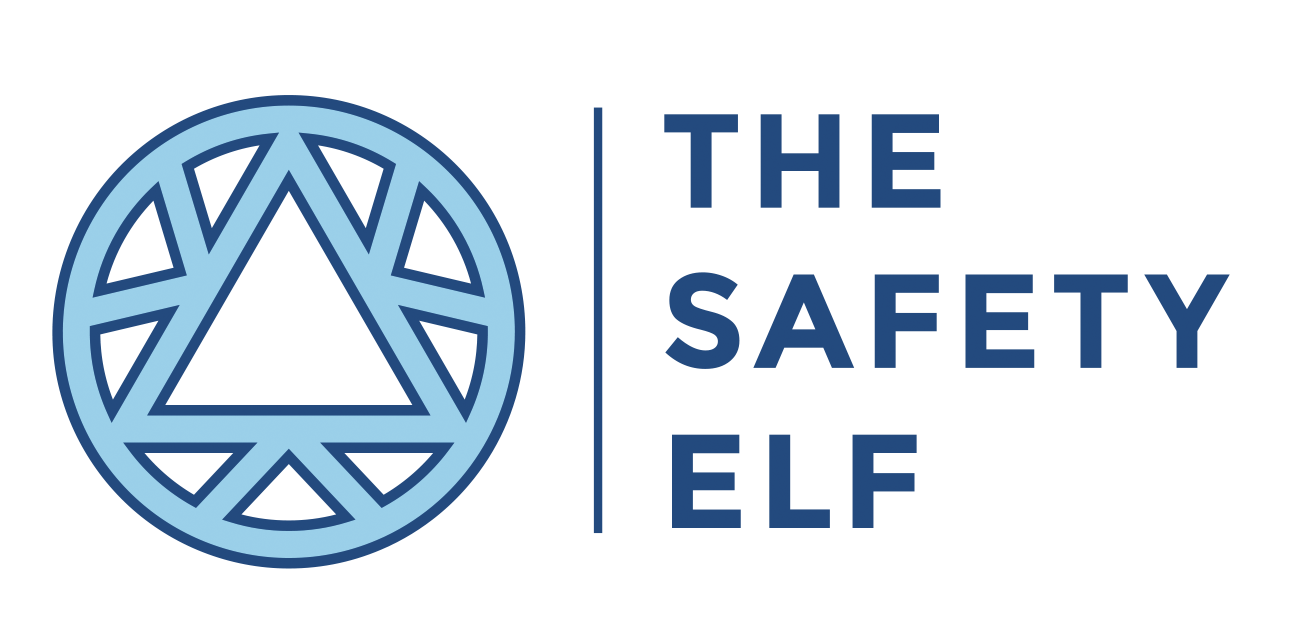Got a new gadget? This one’s for you.
Did Santa bring you a new gadget for Christmas? Or perhaps you bagged a bargain in the sales?
If so, your main focus has probably been on finding out how it works and exploring all the cool things it can do. Which means you probably haven’t been thinking about the short and long term effects that using your new gadget may have on your body. Am I right? Thought so!
So what?
Most of the time gadgets like phones, tablets, smart watches and other smart devices have relatively small controls, screen areas and keyboards that invite us to get closer to them. Next time you are out and about or in a coffee shop, take a moment to look at the postures of the people you see around you…
What do I typically see…?
Out come the gadgets and down goes the head.
We hold onto the gadget, to place it a level where we can interact with it, and we don’t want to drop it either!
The problem?
This fires off muscles in our arms, wrists and hands that will be fatiguing quickly in this static mode, our thumbs and fingers are working overtime with scrolling and typing, and this scrunched up posture is hard work on our neck and shoulder muscles too.
The reality is that we spend more and more time each day bonded to our technology, for work and leisure.
When you’re scrunched up, slumped and static, your muscles, tendons and ligaments are overstretched, lengthened or shortened and basically over-worked. On top of that, they are having to work extra hard just to support the weight of that forward leaning head and upper body – not a good combination.
Glued to our chairs
We are designed to move frequently, and it improves our comfort, concentration and productivity to do so.
Research suggests that, on average, we now spend more time sitting down (9.3 hours) than sleeping in any given day!
It is so easy to lose ourselves in our work, focus on meeting deadlines and suddenly realise that it has been hours since we moved from our chair. And, research shows that sedentary behaviour is not balanced out by taking by exercise – frequent movement is the key.
In ‘Eat Move Sleep’, Tom Rath states:
“Make inactivity your enemy. Exercise alone is not enough. Working out three times a week is not enough. Being active throughout the day is what keeps you healthy.”
In ‘Standing Up for workplace wellness - a White Paper’ published by Ergotron, Dr. Marc Hamilton, microbiologist from University of Missouri, Columbia, explains that:
“Sitting too much is not the same as exercising too little. They do completely different things to the body. In other words, exercising more will not counteract the problems caused by sitting too much. It may seem a subtle point, but the distinction is key to our new understanding of sedentary behaviour.”
A simple solution
Here are a few suggestions to bring movement into your daily routines:
stand up to take phone calls, and walk around if your environment allows
network to a printer that you need to walk to
take a walk and talk to colleagues rather than always sending an email
take the stairs not the lift
keep a glass of water topped up - this keeps you walking you to the tap and probably to the bathroom too!
try standing or walking meetings – these often have the added benefit of being more focused too!
join me for a #WiggleBreakWednesday
These may all feel disruptive when you start, but persevere and it will become second nature.



